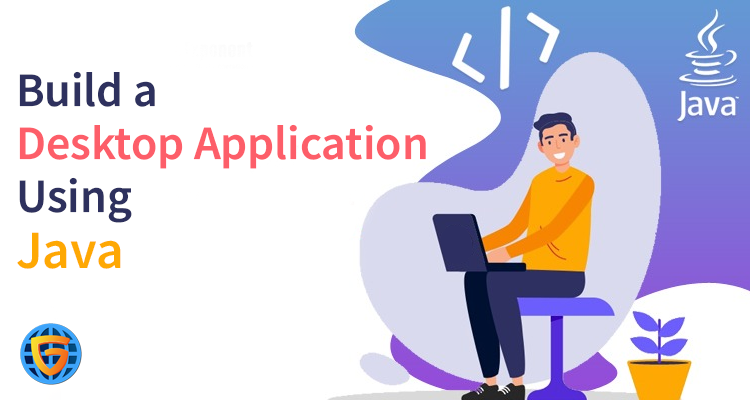Numerous developers know how to code in the Java programming language. At GICSEH by getting a well-equipped Java training in Noida, aspirants learn the skills for Java Language Environment, Java Fundamentals, Essentials of Object-Oriented Programming, writing Java classes, packages, exception handling, Java I / O operations, multithreaded programming, Java APP development, network programming, Java Util package / Collections Framework, Generics, Inner Classes, Abstract Window Toolkit, Swing Programming, Java Training on real-time projects with Java placement. Numerous organizations require Java developers for building programming applications. Here we will discuss how to gather a Desktop Application Using Java and those individuals who have little inclusion with forming java programs, but haven't created an application and will build one. In case you are one of those individuals, continue to seek this article and become familiar with the procedures for building your desktop application using Java.
The references below are the tools, ideas, and platforms you will use to develop the app:
• Tools/Concepts/Techniques:
• Core Java
• Java Swing
• MySQL
• JDBC
• Programming/Platforms:
• NetBeans IDE
• Procedure

Download and submit NETBEANS IDE
NetBeans permits Java Application to simply migrate the components, like, buttons, text fields, and names onto the UI. While, in other IDE's, for instance, Eclipse you have to compose the code for putting that part on the page. It consumes a lot of time and makes the design interaction complex. Thusly, NetBeans engages us to gather applications faster.
Making UIs using Java Swing
Java Swing is a toolbox for building Graphical User Interfaces (Gui's). It is a piece of the Java Foundation Classes (JFC) which contain groups for building window-based applications or Java Desktop Application Development. Swing is a better variation than the Abstract Windowing Toolkit (AWT) of JFC on the grounds that swing contains components that are platform-free, lightweight, and have complex features diverged from AWT.
Start by making another task
Make another venture and make a JFrame class in NetBeans. JFrame is the window or holder or the UI where you can put buttons, names, text fields, pictures, check-boxes, tables, and more.
Adding components to the window
Subsequent to making another JFrame, you can start installing the swing components to your JFrame simply by pulling the available components present at the upper right half of your screen.
Coordinating components on the window
Likewise, concerning how components of any record or show are coordinated, the JFrame components should also be fanned out according necessity. The java design administrators grant you to place the components of a JFrame in a particular arrangement. The diverse Java Desktop Application Development gives different methods of arranging the components as per your login. For example, expecting you will organize a lot of components in a line then you can utilize the FlowLayout class which places them reliably in a stream. Some of the design administrators are BorderLayout, GridLayout, BoxLayout, and GridBagLayout. Right snap on the JFrame, go to set format choice and pick the design you want to apply.
Making the components to perform activities
In the wake of completing the designing part of the application, it is expected to engage the components to fill in as needed. You may have to look for another casing when a customer taps on a button or the data composed by the customer in the textbox should be called, set aside, and shown later, or an alert message should be shown when the customer enters some unacceptable secret key. To make your application perform such tasks you ought to get to know the techniques connected with those components and make relevant Java code. Click the "Source" option at the top of the handout to verify or inspect the source code.
Applying JDBC
It is required to associate your Java application to the database made. This task is clarified by using a Java API known as Java Database Connectivity (JDBC). Applying this, you can access and control data in your database through the points of communication made prior to using java swing. In simple words, for example, the data entered by a customer in a textbox can be put away into the designated table of the data index when a submit button is clicked, using JDBC.
Conclusion
Finally, following those techniques, add up to all of the classes, pictures, and various files of the application into one single document called the JAR file. It opens the primary class of your application as a GUI whenever you click it.
Join GICSEH today!!